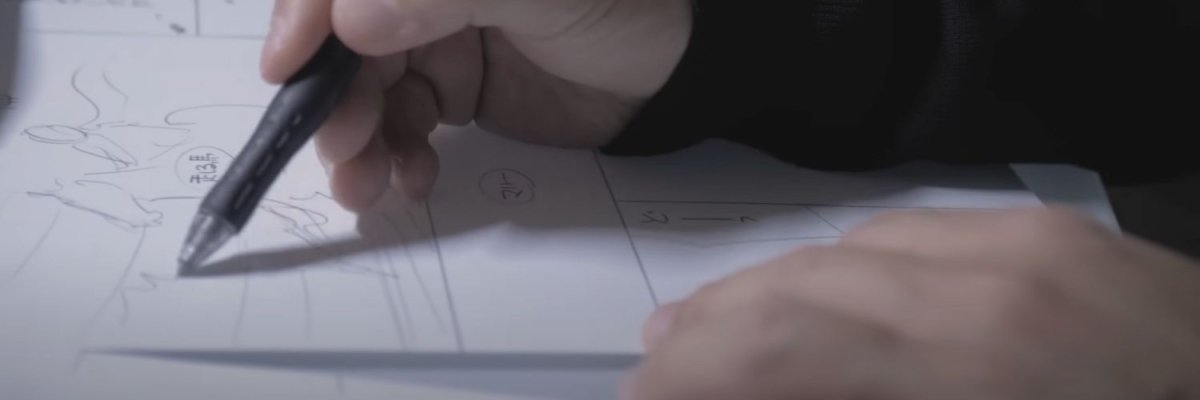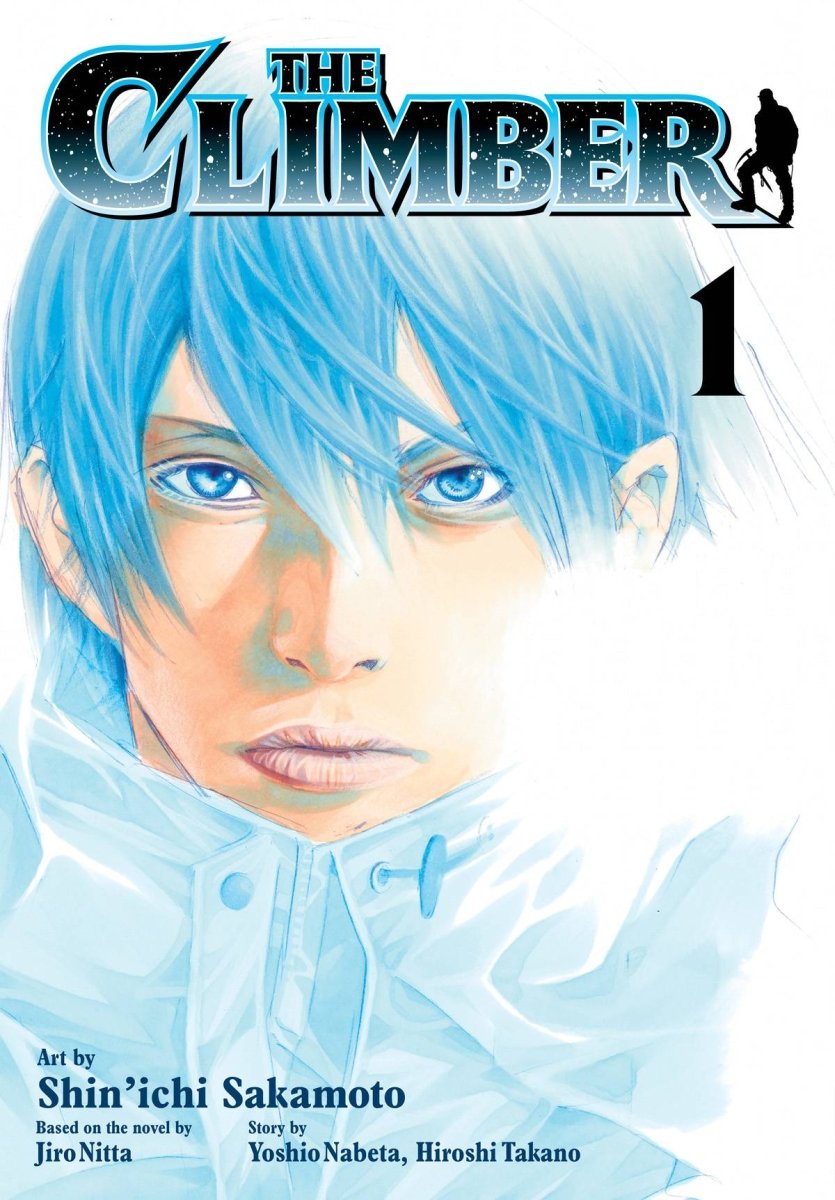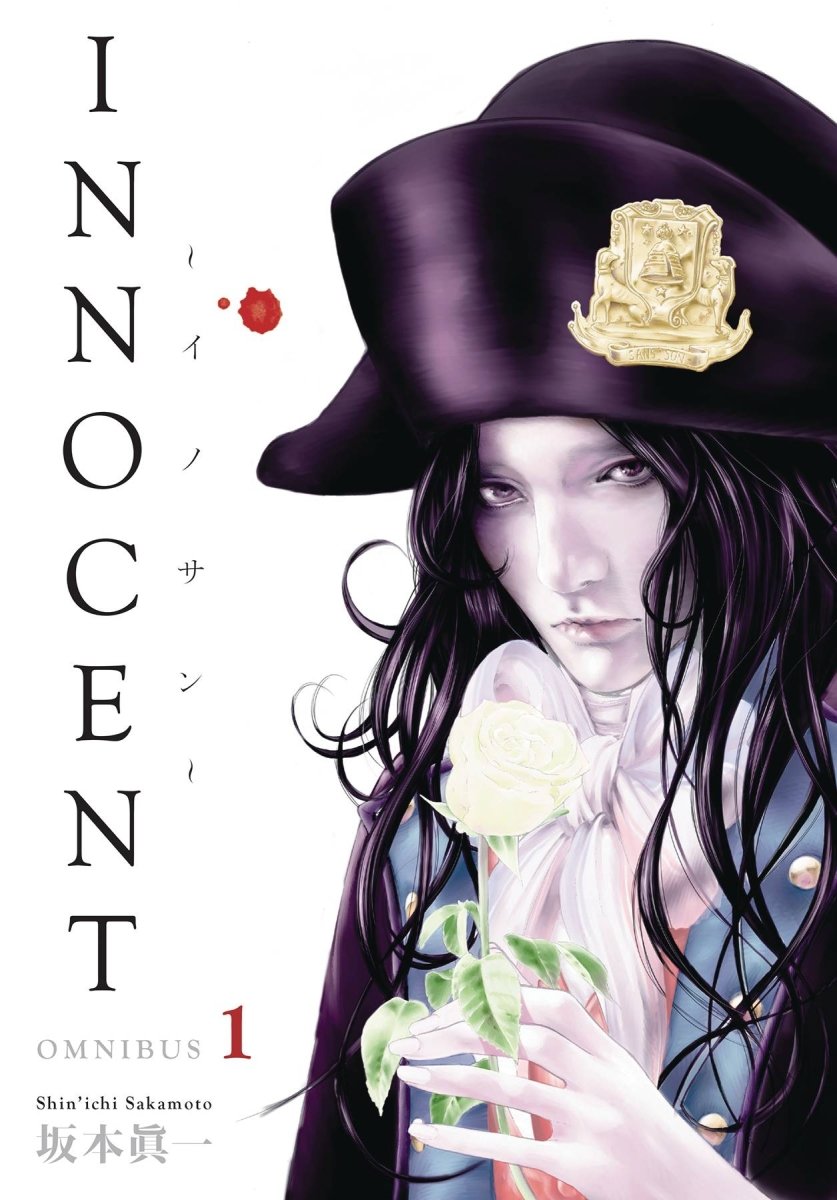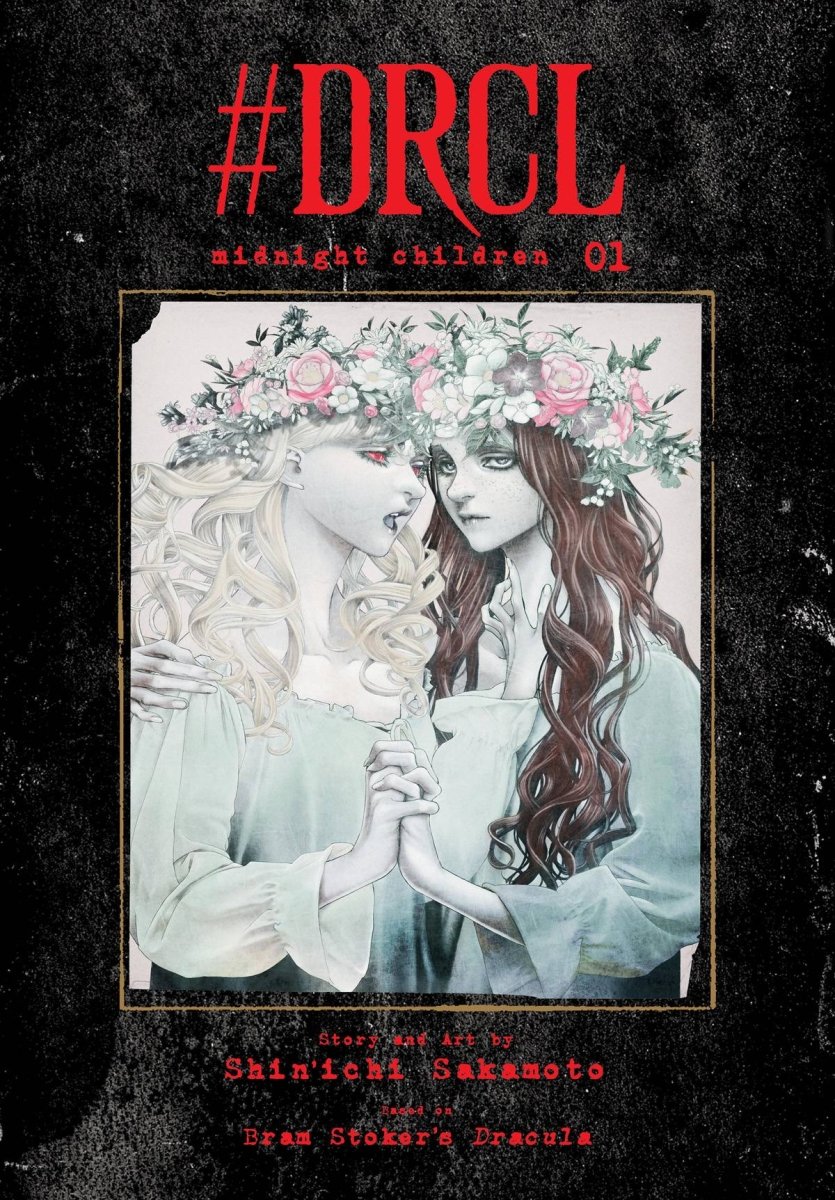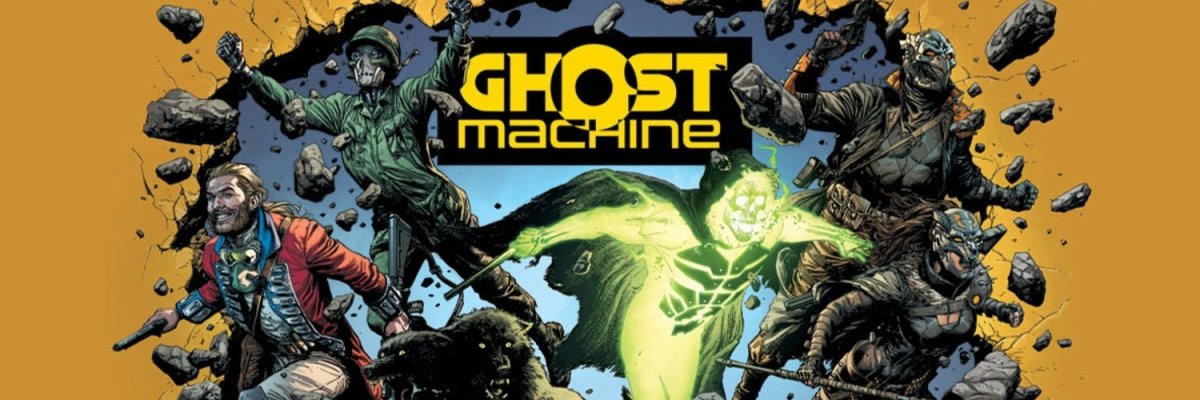
Written by Daniel
A nerd from day one, who will talk about his love for fiction and printed stories for hours!
Whenever I pick up a new manga or comic, one thing that always catches my attention is historically inspired stories. Whether I’m following a Viking, a knight, or a samurai on their journey, history always hooks me. What makes these stories even better is when the mangaka or writer takes the time to research the period beforehand. This usually allows them to portray an accurate depiction of the world and the philosophies of that era.
While some stories do this better than others, one mangaka who really stands out to me in this regard is Shin’ichi Sakamoto. Not only is he one of the most talented artists in the manga world, but he is also deeply committed to staying close to the source material—even when he puts his own twist on the story.
To show you what that looks like, I’ll present his three most popular manga, all of which are finally available in English. So now is the perfect time to discover this outstanding mangaka!
A manga about climbing – can that be peak?
When I first heard of Sakamoto back in 2023, it wasn’t in the context of historical accuracy at first. Back then I was not only a manga reader but had also just gotten into bouldering.
For me, most sports weren’t really fun. You either needed to compete against others, which I didn’t like as someone who doesn’t like to see others lose, or they were way too scary for a ‘safety-first’ and ‘avoid danger at all costs’ dude like I was. Thus, whenever a friend wanted to do something active, I usually tried my best but didn’t have any fun. This changed when one of my closest friends introduced me to bouldering.
When I first tried it, I wasn’t as happy with it as I would be later. I was scared of the heights, and I didn’t trust my own grip strength or footing at all. But when I completed my first route, I felt something that no other sport had achieved for me: I felt invincible. From that point on, I understood that bouldering was the sport I would enjoy in the long run. Not only do I not compete against anyone but myself, but my fears shrank with every new route.
And coincidentally, during that time when I had just fallen in love with climbing, the German manga community had just discovered a new title: The Climber by Shin’ichi Sakamoto.
And gosh… this title… it just called to me.
The Climber is a story about the introverted outsider and student Mori Buntarō. He has just transferred to a new school after experiencing something traumatic at his old one.
While this could be a new start to a new life, Mori isn’t interested in that. He doesn’t want to socialize or even pursue anything — he simply has no passion for anything at all. However, on one fateful day, Mori experiences the joy of climbing. While he climbs, his whole body feels electrified and alive — something he has never felt before.
This passion is something that one of his teachers, a former professional climber, immediately recognizes and encourages.
During this manga, we follow Mori on his journey from climbing at school to pursuing the most difficult mountain in the world: the K2.
However, although this manga is very accurate in portraying climbing techniques and the feelings of climbing, the story is not only about that. It is more of a journey about pursuing your dreams and struggling with loneliness and depression along the way.
If you know me, once I hear ‘deep story’ and it’s combined with something I’m passionate about, I’m immediately hooked! So, when I first heard this story synopsis, I immediately tried to buy the first volume. But… 2023 was a dark time for Sakamoto fans…
Back then, The Climber was not available in English but only in French, Italian, and Spanish – three languages that I do not speak. The only language I barely knew a bit of was French. So… what do you do?
I bought all 17 volumes in French and tried to read them with my limited knowledge and a camera-based translation app on my phone.
Yupp… that’s the face all of my friends made as well!
But… I’m so happy that I did it! It wasn’t the most comfortable reading experience, and my phone turned into lava sometimes, but I enjoyed the story a lot.
It came to me at the perfect time. Not only was I completely in love with climbing, but I also felt a bit lost and lonely sometimes. This manga felt like it was written for me in that exact moment. And gosh, it helped me a lot.
While some readers find the main character to be too edgy and boring, I didn’t really see that as a problem at all. To me, this character was an empty shell that got filled with passion as the story progressed. Of course he was very boring and a bit too edgy at the beginning.
But what do you expect from a teenage boy who has nothing to live for?
The story is ultimately about struggling with depression and loneliness while following your dreams – there just isn’t a lot for him to be happy about most of the time. But fear not, as the story progresses, this character develops into an interesting personality that could help some people reflect on their own lives – at least it did for me.
Another reason why I would recommend giving the story time to flourish is that, after volume 6 of the regular serialization, the original writers left the project, leaving only Sakamoto — who was originally just the artist — to finish it by himself. Although this may sound like a doomed series, the story becomes even deeper and more thoughtful after this.
Additionally, after volume 6, the real story, originally turned into a novel and the inspiration for this manga, starts to play a bigger role and shows the first signs of how well Sakamoto adapts historical material.
Buntarō Katō was a professional solo climber during the 1920s and 1930s who was introduced to climbing during school. He became a symbol of following your own dreams no matter the cost after planning to climb K2, the most difficult mountain to climb, and dying while preparing for it on another mountain. While the original writers took inspiration from the real story and only modeled the protagonist on the real person, the manga after volume 6 takes more and more inspiration from the struggles the real Buntarō had to face, while still telling its own story.
On top of the deep story that could resonate with young people striving for their dreams and the incredibly detailed depiction of climbing, the art deserves praise as well. Shin’ichi Sakamoto is considered one of the top artists today. Although The Climber does not yet show his full potential, the art in this series surpasses that of many others by miles. Nature is rendered in rich detail and feels alive, the characters’ emotions ooze through the paper into our hearts, and the symbolic panels showing Mori’s mental state are incredibly clever and otherworldly. And because The Climber is so incredibly beautiful, I’ll break a rule and show you two panels instead of one at the end of this section.
However, before I move on to the next title from Sakamoto, I want to tell you that if you're interested in this series, you don’t have to read it the way I had to.
Thankfully, Viz heard the demanding screams of fans and started releasing The Climber in an English 2-in-1 omnibus format. There will be 8 volumes in total (with the last volume being a 3-in-1 to accommodate the uneven number of volumes), containing the entire story for you to read. Definitely a must-read for everyone who loves climbing or deep stories inspired by real-life events!

(Look at that scenery… wow)

(Pure art…)
A manga about the French Revolution – now we're getting really historical!
Two years after finishing his first big hit, Sakamoto started working on his next project completely by himself. Since he seemingly enjoyed working with real-life stories, he chose to write something based on real events again. While the story of Buntarō was set closer to the modern era, Innocent takes place during the French Revolution.
More precisely, Innocent focuses on the story of Charles-Henri Sanson, the son of a Parisian executioner during the French Revolution. Because of his father’s occupation, other kids avoid and fear Charles, which makes him very lonely. Now that he is older, Charles is expected to follow in his father’s footsteps and become an executioner himself. He initially refuses but is forced into it. However, during his inauguration, he refuses to kill a lion, which earns him the respect of the townspeople and the son of the count.
This could be the start of a beautiful friendship between Charles and the boy, which might end Charles’s loneliness. However… Charles’s first task as an executioner is to execute this boy.
Will he fulfill his duty or rise up against this bloody world?
For me, a history nerd through and through, Innocent is an amazing manga that stays close to the real events of the French Revolution and the real life of Charles-Henri Sanson, while telling an original story about morality and the pressure of duty. It baffles me how Sakamoto is able to portray and capture the feeling of these dark times while still telling a story that is relatable and understandable with today’s morality. Just the perfect mix of historical accuracy and creative freedom – once again!
This is accompanied by his amazing art, which shows how Sakamoto raises his skills to a new level and strives to get closer to his full potential.
If you're interested in reading a historically accurate depiction of the French Revolution while being confronted with difficult moral questions, Innocent is definitely a story you should check out.
To get started, you can pick up the three 3-in-1 omnibuses that are all already available!
However, after you finish the three omnibuses, the story is not entirely over. The life of Charles-Henri Sanson continues in the sequel Innocent Rouge, which will be released in four 3-in-1 omnibuses.
Thus, you'll be able to enjoy a great, historically accurate story with deep, morally challenging questions across seven omnibuses!
 A manga about vampires – again?
A manga about vampires – again?
No! THE vampire!
While The Climber and Innocent are both not completely available in English yet, both series are long concluded, which gives Shin’ichi Sakamoto time to pursue his next project.
#DRCL is a manga series inspired by the original novel Dracula by Bram Stoker. Sakamoto follows the original plot and characters while changing some key aspects.
At the end of the 19th century, the Industrial Revolution is flourishing. While most new inventions bring efficiency and progress, some aspects, like the beginning of globalization, introduce new dangers. When a Russian ship arrives in Whitby, England, the inhabitants discover a bloody scene and strange cargo. Mina, Luke, Arthur, Joe, and Quincey, who all attend a local school, witness this strange event and are drawn into a terrifying mystery surrounding a count from a faraway country.
I must say that #DRCL was the most fun I had in terms of accuracy while reading Sakamoto’s stories. I highly recommend reading the original novel by Bram Stoker before diving into the manga. Not only will you be familiar with the key aspects of this legendary figure, but you'll also appreciate how beautifully Sakamoto retells the original story with his own twists.
For example, while the original characters are all adults, the manga portrays them as kids, which brings a new sense of horror.
Additionally, you get a feeling of where you are in the bigger story while still being surprised by the harsh decisions Sakamoto makes to deviate from the original.
Another fun thing is that Sakamoto keeps adding easter eggs whenever he leaves something out, signaling to fans of the original story that it's done intentionally.
It’s incredibly fun to follow along with this interpretation of a classic tale and still be surprised and wonder how certain decisions will influence the plot in a new way.
Another important point to mention is the art. As I said, the last Manga Sakamoto worked on didn’t yet show his full potential. But with #DRCL, I’m sure he unlocked all his abilities and reached the highest level of his skills. Every single page is a masterpiece, almost realistic, yet still infused with his iconic style. He continues to portray beautiful landscapes and architecture in a realistic setting, while being as symbolic and artistic as possible. It’s pure art to flip through this amazing story and anticipate what the next page will look like.
Additionally, although I rarely point this out, the Manga itself is beautifully designed as well! It looks like an old and weathered book, which fits perfectly into the narrative of this story. Just a beautiful addition to any collection! I don’t want to overuse phrases like this, but: THIS IS PURE ART!
If you want to read this ongoing story, you can pick up the standard volumes in a beautiful hardcover format here:
- #DRCL Midnight Children Vol. 1 HC
- #DRCL Midnight Children Vol. 2 HC
- #DRCL Midnight Children Vol. 3 HC
- #DRCL Midnight Children, Vol. 4 HC
- #DRCL Midnight Children HC Vol 05 PRE-ORDER

It's just the perfect time to become a Shin’ichi Sakamoto fan!
As I said, a few years ago it was a bit more difficult to enjoy these incredible stories by Sakamoto in English. However, as of today, all three of his most famous stories are being released. So, almost every month, you can pick up a new volume from one of these three stories and welcome these straight-up masterpieces into your collection.
Both visually and narratively, Sakamoto’s Manga are among the best series out there and are definitely a huge recommendation from my side.
I just love how well Sakamoto uses real-life events and stories while still giving them his own flavor, without changing too much or risking disrespecting the source material. Even though I knew how the French Revolution went and what Dracula was about, I was still surprised by some storylines and the depth they reached by adding a few new twists. On top of that, he complements these amazing narratives with art that could definitely be art history one day.
Sakamoto is the perfect Mangaka for new readers, history and classic literature nerds, and enjoyers of amazing art and narratives alike.

